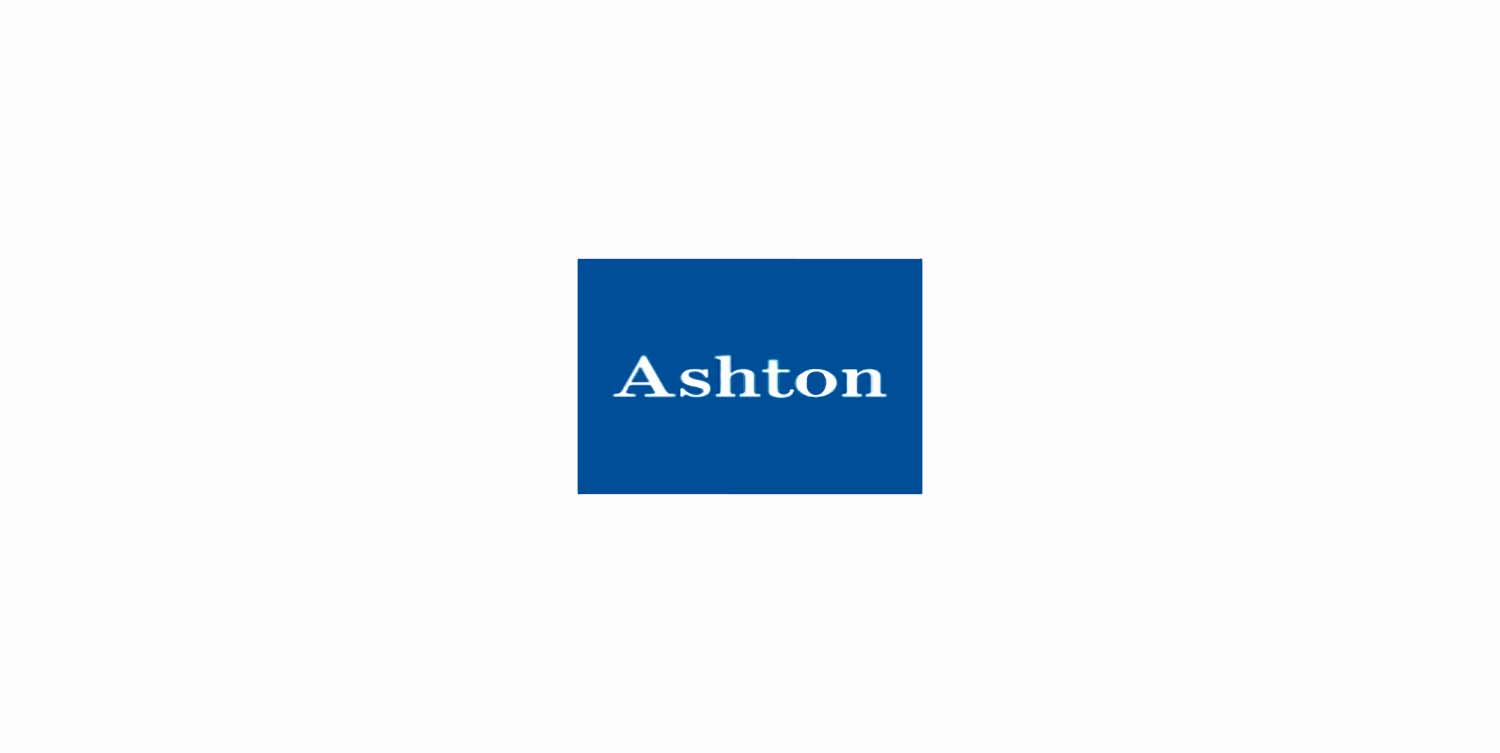Enter your email below to receive weekly updates from the Ashton College blog straight to your inbox.
The LEED or Leadership in Energy and Environmental Design is an internationally recognized green building certification system. The LEED system provides third-party verification for buildings and communities that are designed and built using strategies that conserve energy and water, reduce CO2 emissions, and improve indoor environment quality.
In addition to certifying buildings, LEED also offers credentials for sustainability professionals, such as the LEED Green Associate. We are going to break down the history of LEED, what the LEED Green Associate credential is, and how it can help your career.
LEED began in 1993 under the leadership of Robert K. Watson, a senior scientist for the Natural Resources Defense Council (NRDC). Watson began LEED with a broad-based consensus process that involved government organizations, non-profit organizations, engineers, architects, developers, product manufacturers, builders, and other industry leaders.
The purpose of this process and the stated purpose of LEED was as follows:
What began as a single standard for new construction projects has evolved into a comprehensive system of standards that covers every aspect of the building process.
LEED certification is awarded to buildings that meet the development and construction standards laid out by LEED. The standards are updated regularly to stay relevant to changes in sustainability practices. The current LEED evaluation system used is LEED v4.1.
The LEED certification is tiered. The more points a building earns during its evaluation, the higher the certification tier it will earn. Listed from lowest to highest, the four tiers are LEED Certified, LEED Silver, LEED Gold and LEED Platinum.
Points for certification are based on nine areas that address the key aspects of green building:
Having a LEED Green Associate credential proves that you have a firm understanding of green principles and practices. The LEED Green Associate is an entry-level credential, meant for professionals who are relatively new to sustainability and LEED.
The LEED Green Associate credential is beneficial to people working in a variety of occupations. Professionals and students in business or hospitality, people with a general interest in green building and sustainability, project and facility managers, real estate agents, tradespeople, product manufacturers, architects, urban planners, landscape professionals, mechanical or electrical engineers, civil engineers, construction professionals and site engineers will all benefit from having their LEED Green Associate credential.
Earning your LEED Green Associate credential requires you to pass the LEED v4 exam. Here at Ashton College, we offer a LEED v4 Green Associate Exam Preparation course that is specifically designed to give you an understanding of what to expect on the exam. From basic sustainability principles to the ins and outs of the LEED rating system, our course ensures that you will have a comprehensive knowledge of LEED and what it takes to be a LEED Green Associate.
LEED training isn’t the only way you can develop your sustainability skill set. We offer a selection of sustainability courses, including an environmental studies course, ISO 9001 certification course, and a general sustainability course. You can expand your knowledge of sustainability practices and make a positive impact on the environment with the help of our courses. Register now to work towards your LEED Green Associate credential, or to deepen your knowledge of sustainability, and advance your career.
The information contained in this post is considered to be true and accurate as of the date of publication. However, the accuracy of this information may be impacted by changes in circumstances that occur after the time of publication. Ashton College assumes no liability for any error or omissions in the information contained in this post or any other post in our blog.
The information contained in this post is considered true and accurate as of the publication date. However, the accuracy of this information may be impacted by changes in circumstances that occur after the time of publication. Ashton College assumes no liability for any error or omissions in the information contained in this post or any other post in our blog.
